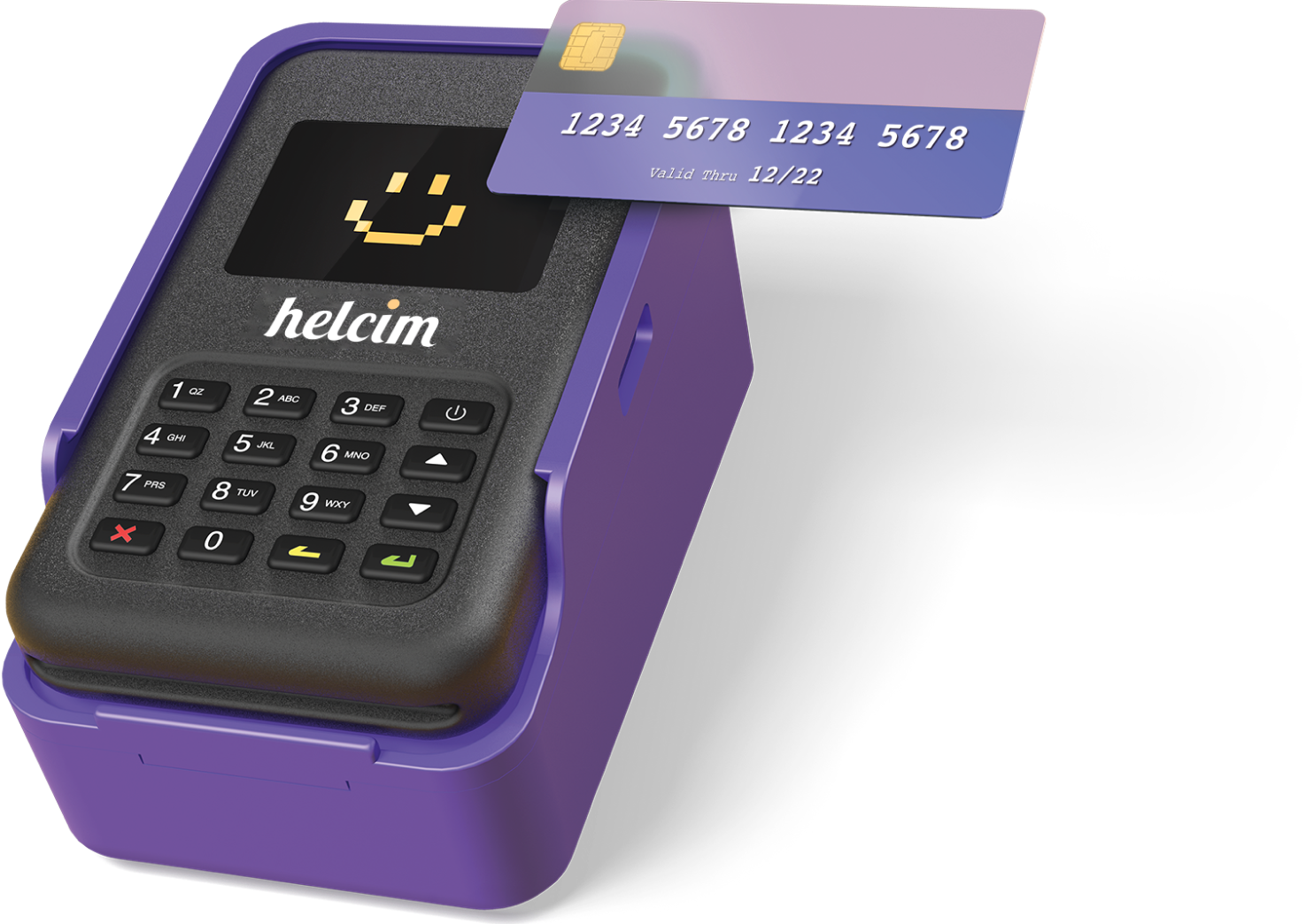Retirement is a period some people look forward to and others dread, either in anticipation or fear of what comes next. The Canada Pension Plan (CPP) is one of the numerous retirement plans that help you ease into the retirement phase with the assurance of getting paid for the rest of your life.
This article will be reviewing pension plan in Canada, its features and how it works.
Canada Pension Plan Meaning
The Canada Pension Plan is a government initiative designed to accompany Old Age Security. It consists of lots of retirement benefits and payments, one of which is the retirement pension. The retirement pension is a monthly lifetime payment you receive in place of part of your income when you retire.
Canada’s pension plan is taxable and functional in all provinces and territories in Canada except in Quebec. The province of Quebec operates on the Quebec Pension Plan (QPP), which provides similar benefits as the CPP.
Generally, the Canadian government reserves benefits for individuals who attain the full retirement age of 65. Nonetheless, there are provisions for people who fall short of the specified age.
The provision is for individuals within 60 – 65 and people with chronic disabilities. Also, there are survival benefits for people who lost loved ones before they attain retirement age.
You can also share your pension with your spouse or common-law partner; this will help reduce the amount deducted as tax from your monthly payments. The CPP benefits are not automatic; hence you must apply for them. However, there are eligibility requirements.
Canada Pension Plan Eligibility Requirement
To receive the CPP retirement pension, you need to meet the following requirements;
- Be within the age of 60 or above
- Possess a valid contribution paid to the CPP
Canada Pension Plan Contributions
CPP contributions are a must for everybody working in Canada who is above 18 and earns a minimum of CA$3500 annually except for Quebec residents.
Also, employers are to pay half of the contributions for their employees while the employees pay the other half. If you are self-employed, you must contribute in full.
The maximum contribution for employers and employees as of 2019 is CA$2748.90, while the maximum contribution for self-employed people is CA$5497.80. In addition, contributions vary depending on how much you earn.
If you contribute more than or earn less than the average CPP amount, the CRA will refund your contributions. The CRA will make this refund when you file your income tax for the year you contributed or earned less.
Note that these contributions stop when you are 70 years old, even if you are still working. Also, they can be in the form of credits received from your former spouse or common-law partner in the case of divorce or separation through credit splitting.
The CRA will detail your earnings and contributions available to Service Canada or Revenu Quebec (if you work in Quebec). And Service Canada will, in turn, keep a record of the details of your earnings and contributions.
How much CPP can you receive?
The amount you can receive depends on factors such as;
- The age at which you started your pension
- Your total contributions
- The duration of your contributions
- Your average earnings during the time you worked
Although the ideal age to start receiving your pension is age 65, you can begin receiving your pension as early as 60 or as late as 70. Note that the monthly amount you receive will be lower if you start receiving it earlier and higher if you begin receiving it later.
However, for this year, the maximum amount you can receive per month as a first-timer at the age of 65 is CA$1203.75, while the average monthly amount is CA$619.75. In addition, other situations may affect the amount you can receive monthly.
Nonetheless, you can get an accurate estimate of your monthly retirement pension payment, register to have a My Service Canada Account if you don’t have one already.
Canada Pension Plan Application Process
You can apply for your retirement pension in advance or in the month you want to start receiving the payment. Still, you should register in advance to ensure timely payment. Also, you can drop off a completed form at the nearest Service Canada office or send the completed form by mail.
However, due to COVID-19, it is encouraged that you apply online through My Service Canada Account. There will be no need to submit documents, although the CRA might request them later.
Your applications take;
- 7 to 14 days if you applied online, or
- Within 120 days – if you delivered your application at a Service Canada Centre or sent your application by mail.
Note that your application may take longer if it is not complete because the application will only be processed when it is done.
Working while receiving CPP retirement Pension
You can receive your monthly retirement pension payment while you are still working. Also, this payment can automatically qualify you for the CPP post-retirement benefit if you continue making your contributions while you are working and under the age of 70.
Every contribution you make adds to your post-retirement benefit and increases your monthly retirement income. In addition, the post-retirement benefit is a lifetime payment.
Canada Pension Plan Benefits
Other CPP benefits you can qualify for include;
- Disability pension
- Post-retirement disability benefit
- Survivor’s pension
- Children’s benefit
- Death benefit
CPP Enhancement
The CPP enhancement is an increase in the amount you will contribute to the CPP. This increase will also reflect in the monthly retirement pension payments you will receive. Also, it only affects those that worked and made contributions as of January 1, 2019, and upwards. In addition, it increases the benefits you can receive.
Also, before 2019, the retirement pension payment only covered a quarter of your average work earnings as part of your retirement income. Still, with the CPP enhancement, the retirement pension will be replacing a third of your average work earnings.
Conclusion
Summarily, the Canada Pension Plan offers a wide range of benefits and pensions that include the retirement pension. You need to apply for it and qualify for any of the payments except the post-retirement benefit.
You automatically qualify for your retirement pension payments while working and making contributions. You should apply for benefits and payments as your situation demands.







